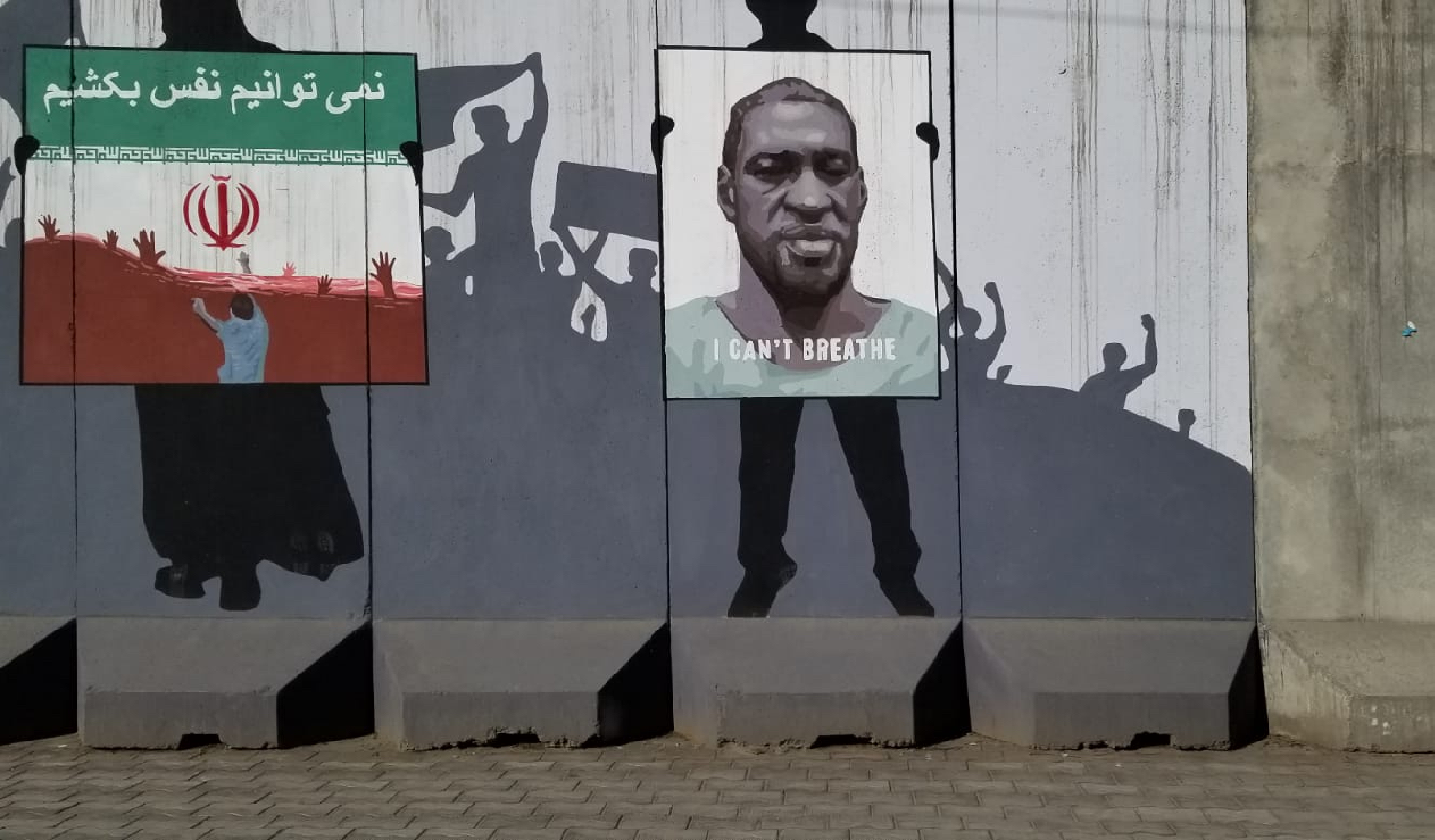(RE) FRAMING CURRENT AFFAIRS
GEORGE FLOYD IN KABUL… IT MATTERS
It always surprises me how societal injustices transcend national borderstribeclanreligionethnicity
It always surprises me how societal injustices transcend national borders, tribe, clan, religion, ethnicity.
I was reminded of this while driving through the congested streets of Afghanistan’s capital city, Kabul, in a rather conspicuous off-white, armored, 4-wheel drive vehicle. You see, I was on my way to one-of-two stores deemed “safe enough” for me to go and purchase groceries. While living in Kabul an outing to the grocery store was a big deal, as it was the rare occasion when we could leave the compound in which my collogues and I both lived and worked for months on end.
The streets of Kabul make New York City or Nairobi look like a stroll in the park. There is often complete gridlock between the ten-foot concrete, grey, blast walls topped with barbed wire erected all over the city as the first line of defense against suicide bombers. These walls have turned the streets of Kabul into a maddening maze of intersections. The roads are torn up. It is dusty and the air quality is one of the worst in the world. There are people everywhere. Young children are comfortable approaching large white SUVs that have come to be synonymous with Non-governmental Organizations (NGOs) trying to sell pencils or candies. Old women tap on the windows asking for money.
Over the years the cement blast walls became a backdrop for murals painted by a group of creatives referred to as “ArtLords.” On one such outing to the grocery store, for a fleeting moment, I caught a glimpse of a mural of George Floyd. George Floyd, a black man who lost his life at the hands of police in the United States, is sadly now a household name in America. He has come to symbolize the underbelly of race and policing in the United States.

Photo By Karen G. Campbell
The presence of George Floyd’s face, and the words “I Can’t Breathe” on the blast walls in Afghanistan, a country ravaged by conflict and war, surprised me. How were the Afghan people identifying with what happened to a black man in America? What parallels were they drawing to their own struggles? These questions kept running through my mind and ultimately prompted me to ask my security team to include me on the next grocery store run, so I could document the mural. I had to see it again. It took going out twice to finally capture a photo of the mural. You see, slowing down to take a photo in the streets of Kabul can be, well, dangerous. On my first attempt to photograph the mural, the security team deemed it too risky to slow down. On my second attempt they were able to slow the vehicle just enough for me to grab a few images, in hopes of getting at least one good shot.
Three years and too many incidents of police brutality later, I find myself thinking of this mural once again. Why in a country ravaged by war, terror, poor governance and grinding poverty, did the image of George Floyd and the phrase “I Can’t Breathe” resonate? One would think that in a country where the mere act of going to work or school can be life-threatening, Afghans have more than enough to be concerned with, without taking time to draw parallels between their experience of injustice and those occurring in the United States. I was wrong. It resonated because they, like many people across the globe, constantly feel the knee of injustice on their necks to the point where they also cannot breathe.
The artists painted an Iranian flag next to the mural of George Floyd to refer to the persecution and abuse of Afghans in Iran and elsewhere accompanied by the text “We Can’t Breathe” in Farsi. The hands reaching through the red bar at the bottom of the Iranian flag is depicted as a sea of blood. They painted the mural to condemn racial injustice and police brutality around the world and to connect the stories.
What’s my point?
Simply that, upon reflection, I should not have been surprised to see that mural in Kabul. As an African American the circumstances surrounding the death of George Floyd shook me to my core. It was personal. However, my outrage resulted in a blind spot I was not even aware of. I failed to recognize the impact it was having on the world. And it wasn’t until seeing the words “I Can’t Breathe” painted on a blast wall in Afghanistan, that the broader impact began coming into focus. The death of George Floyd at the hands of those with the institutional power to do so ignited an anti-racism movement that reverberated around the globe with the aid of social media. Similar murals popped up around the world including Iran and Syria.
What happens in another country matters.
Update: The George Floyd mural in Kabul has since been painted over by the Taliban.
